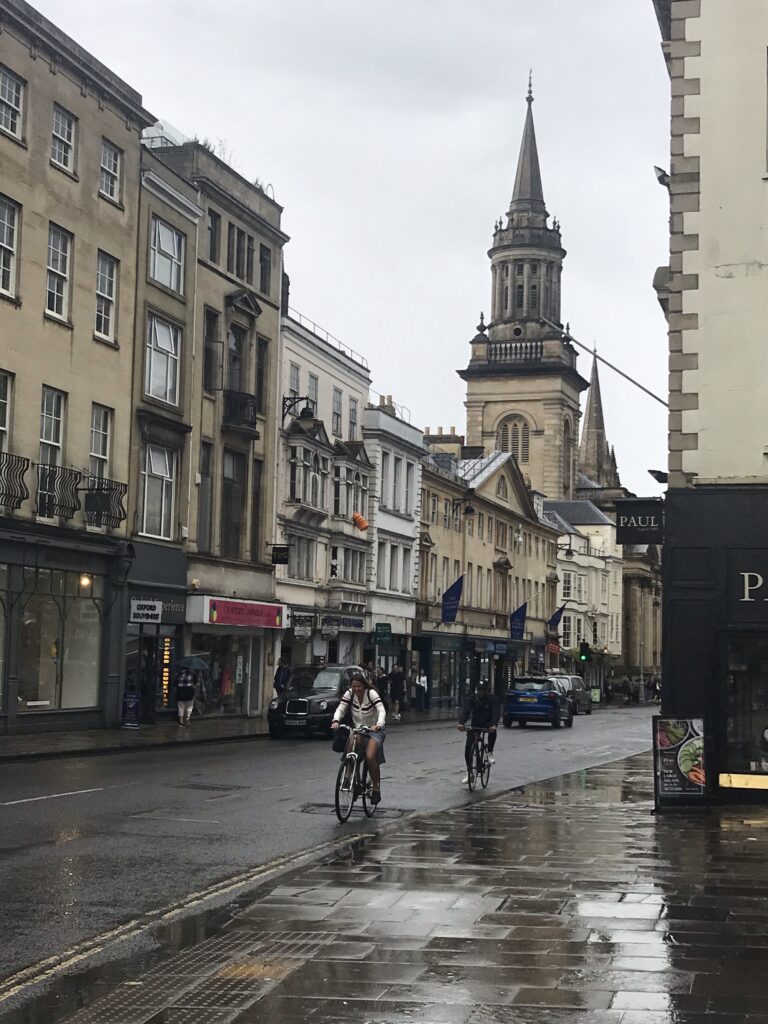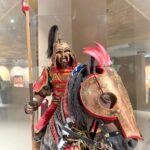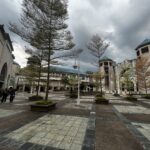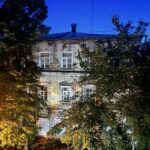(Revised 2025 (Part 2/5))
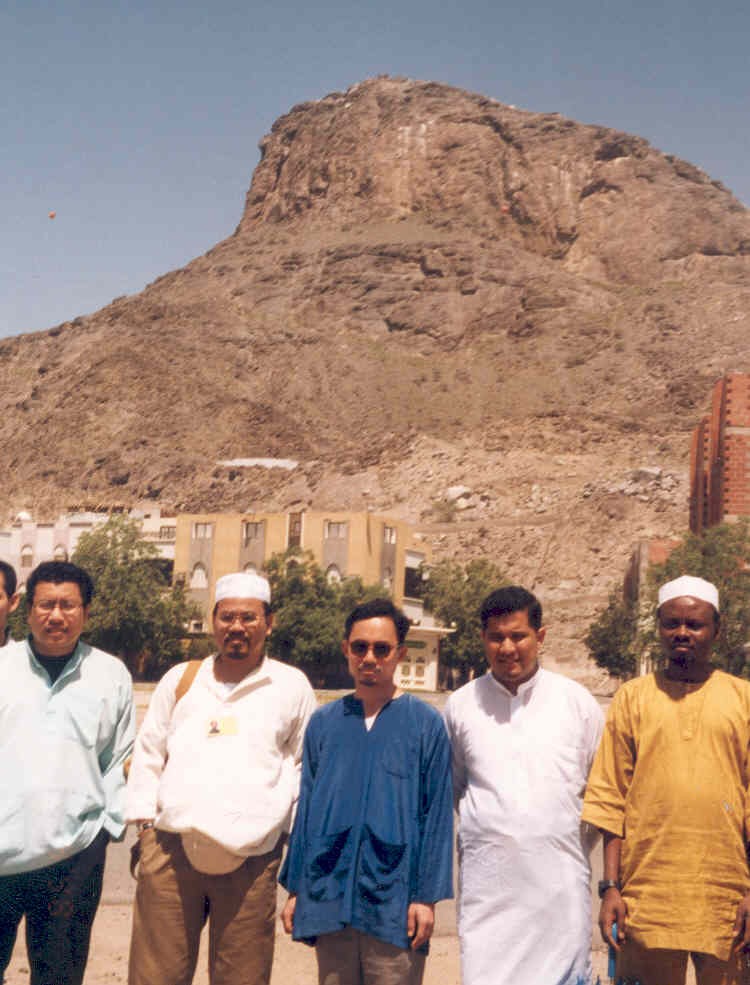
Our temporary home in Al Misfalah, a humble neighborhood nestled on the slopes of Makkah, was about half an hour’s walk from the Masjid al-Haram. Though farther than the usual accommodations for pilgrims, we considered ourselves fortunate to secure lodging at all—perhaps a last-minute blessing from the Divine. As we made our way through bustling streets, we passed rows of shophouses and even a lively funfair, complete with a towering Ferris wheel. “Do they really have such things in the holy city?” I wondered. Yet, it was a reminder that human nature seeks joy and diversion, even in the most sacred of places.
Entering a tunnel, we emerged near one of the grand entrances of the mosque, where the air buzzed with anticipation. Pilgrims from every corner of the world had begun converging in Makkah, their hearts united in devotion. We had arrived on a Sunday, with the Day of Arafah—the pinnacle of Hajj—just a week away. The mosque hummed with quiet energy, a sea of worshippers immersed in prayer.
Then, I saw it—the Kaaba, the House of Allah, standing majestic at the heart of the sanctuary. The moment my eyes fell upon it, my chest tightened, overwhelmed with awe. “Macam nak pecah dada nih,” I later told my father over the phone—no words could truly capture the emotion. Only those who have stood before the Kaaba understand the profound serenity that envelops the soul. No worldly journey could compare; this was more than a pilgrimage—it was the essence of life itself.
Joining the rhythmic flow of pilgrims, we began Tawaf, circling the Kaaba seven times. Despite the sea of people, there was always space—an unspoken miracle, as if Allah Himself was parting the crowd for every sincere heart. By the time we completed our Umrah, the first light of Fajr was breaking. We waited for missing members of our group, watching as the city stirred to life. Shops, which seemed never to close, paused only briefly for prayer. With British pounds in hand (exchanged at a favorable six riyals to the pound), I had to remind myself of the true purpose of this journey—this was no ordinary marketplace.
Navigating the labyrinthine alleys of Al Misfalah, with its maze of narrow pathways climbing the hillside, felt like stepping into the past. The terrain reminded me of the Seerah—the life of the Prophet Muhammad (ﷺ) and his companions, who once walked these very slopes. Finally reaching our madrasah, we ate our breakfast with simple tea and the round, flatbread we had picked up along the way.
The Days Before Arafah: A Time of Preparation
With the Day of Arafah still a week away, we immersed ourselves in worship. Our days followed a sacred rhythm: attending Zuhr and Asr prayers at the mosque, lingering in devotion until Fajr, then resting briefly before resuming our spiritual duties. The city pulsed with pilgrims—flooding the mosque, spilling into the streets, and filling the bustling suq (bazaar). The crowds grew overwhelming, turning Tawaf into a test of patience, with pilgrims pushing as if in a battlefield. “Never underestimate the crush of the crowd,” I reminded myself—yet avoiding it was impossible.
A Journey Through Sacred History
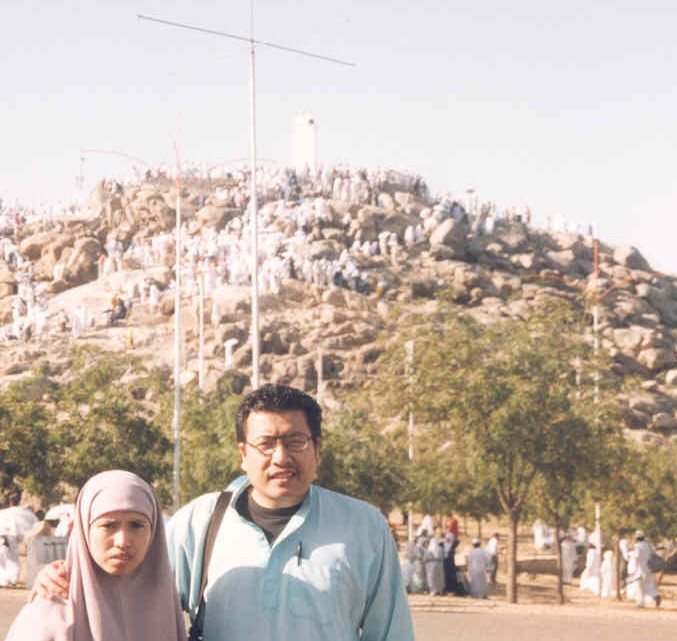
Next, we traveled to Arafah, the vast desert plain where over two million believers would soon gather for the Yaumul Arafah. At its heart stood Jabal ar-Rahmah (the Mountain of Mercy), where Prophet Adam (AS) and Hawwa (AS) were said to have reunited after descending to Earth. The scorching sun beat down as we climbed the modest hill, gazing across the endless sands—a place where sins are forgiven and souls are purified.
Seeking respite, we hired a minibus to explore Makkah’s historic sites. Our first stop was Jabal an-Nur (the Mountain of Light), home to the Cave of Hira, where the Prophet (ﷺ) received the first revelation of the Quran. Though we didn’t climb, standing at its base filled me with reverence.
On our return, we passed through Mina, visiting the three Jamarat (pillars symbolizing the stoning of Shaytan), where pilgrims reenact Ibrahim’s (AS) defiance of temptation. A brief stop at Jabal Thawr—the mountain sheltering the Prophet (ﷺ) and Abu Bakr (RA) during their migration to Madinah—completed our journey through history.
As the Day of Arafah drew near, anticipation swelled. The true Hajj was about to begin…
(To be continued, insha’Allah!)


